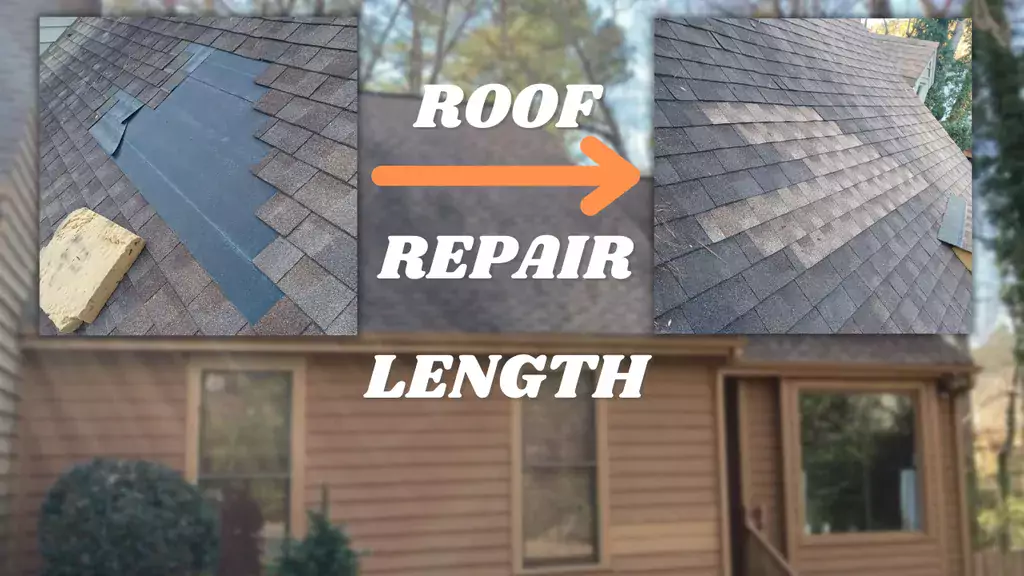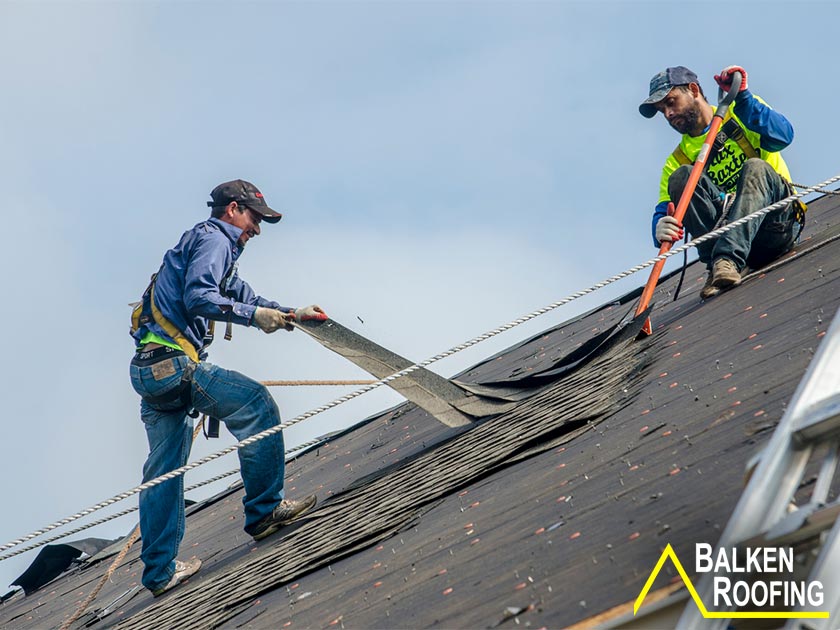Roofing Oahu: Quality Services for Durable Roofs in Oahu
Roofing Oahu: Quality Services for Durable Roofs in Oahu
Blog Article
Recognizing the Different Kinds of Roof Coverings: A Comprehensive Guide for Homeowners
In the realm of homeownership, picking the proper roof covering design is a choice that lugs substantial ramifications for both performance and aesthetic charm. With a selection of alternatives-- ranging from the traditional gable to the modern level-- each kind presents one-of-a-kind benefits and challenges that must straighten with the home owner's specific needs and environmental considerations. Understanding these distinctions not just help in making an enlightened option yet additionally influences long-lasting maintenance and energy efficiency. As we check out the ins and outs of numerous roofing types, it becomes evident that dimension does not fit all; the best choice may surprise you.
Gable Roofing Systems
Saddleback roofs, defined by their triangular shape, are among the most preferred roofing styles due to their simpleness and effectiveness in shedding water and snow. This style features 2 sloping sides that satisfy at a ridge, permitting efficient drain and decreasing the risk of water build-up. The high pitch typically linked with gable roofings boosts their capacity to manage hefty rainfall, making them appropriate for different climates.
Along with their useful advantages, saddleback roofs use aesthetic versatility. They can be adapted to different building styles, from conventional to contemporary homes. The design can also accommodate extra features such as dormer home windows, which boost natural light and ventilation in the attic area.
In addition, saddleback roofs provide ample area for insulation, contributing to power performance. Homeowners can select from a selection of roof materials, consisting of asphalt roof shingles, metal, and ceramic tiles, even more boosting customization options.
In spite of their benefits, gable roofing systems may call for added assistance in locations vulnerable to high winds or hefty snowfall. In general, the gable roofing system continues to be a popular choice due to its blend of performance, longevity, and aesthetic allure.
Flat Roofs
Level roofing systems are typically identified for their minimalist design and sensible applications, specifically in business and industrial setups (oahu roofing). These roofs include a almost horizontal or horizontal surface, which enables very easy building and functional space use. While they might do not have the visual allure of angled roofs, flat roofs provide numerous advantages, specifically in metropolitan atmospheres where maximizing space is essential
One of the main advantages of flat roof coverings is their accessibility. Homeowners can make use of the roof room for various functions, such as rooftop gardens, balconies, or solar panel installments. In addition, level roofings are normally much more affordable to maintain and install compared to their sloped equivalents, as they need less materials and labor.
Usual products made use of for flat roof coverings include built-up roof covering (BUR), customized asphalt, and single-ply membrane layers, each offering distinct advantages. On the whole, level roofs serve as a adaptable and functional choice for several homeowners and companies alike.
Hip Roof Coverings
Hip roofings are characterized by their sloped sides that converge at the top, creating a ridge. This style is distinctive from saddleback roofs, as all 4 sides of a hip roof incline downwards towards the walls, supplying a much more secure structure. The angle of the inclines can differ, permitting versatility in architectural aesthetic appeals and functionality.
Among the key advantages of hip roofs is their ability to stand up to heavy winds and damaging weather. The sloped surface areas make it possible for better water drain, minimizing the risk of leakages and water damages. Additionally, hip roofings offer boosted attic area, which can be utilized for storage or even exchanged habitable locations.
Nevertheless, constructing a hip roof can be a lot more expensive and complex than less complex roof covering kinds, such as gable roofs. The additional product and labor associated with developing the slopes and guaranteeing appropriate structural honesty can result in higher expenditures. Despite these downsides, many homeowners favor hip roof coverings for their resilience, aesthetic appeal, and capacity for energy efficiency.
Mansard Roof Coverings
Mansard roofs, commonly acknowledged by their unique four-sided design, feature 2 slopes on each side, with the reduced slope being steeper than the top. This architectural style, stemming from France in the 17th century, is not only visually attractive but practical, as it makes best use of the functional room in the top floors of a structure. The steep reduced incline permits more headroom, making it a perfect choice for loft spaces or attic rooms, which can be converted into living areas.
Mansard roofing systems are identified by their flexibility, fitting different building styles, from standard to modern. They can be constructed with various materials, including asphalt shingles, slate, or metal, giving home owners with a variety of options to suit their preferences and budgets. Furthermore, the style allows for the assimilation of dormer windows, enhancing natural light and ventilation in the top levels.
However, it is important to take into consideration the prospective downsides. Mansard roof coverings may call for even more upkeep as a result of the intricacy of their design, and their steep slopes can be testing for snow and rainfall drainage. Overall, mansard roof coverings incorporate sophistication with practicality, making them a prominent option amongst home owners looking for distinct architectural functions.
Dropped Roofing Systems
As property owners significantly look for simplicity and functionality in their architectural designs, dropped roofs have emerged as a preferred selection. Defined by a solitary sloping plane, a shed roof covering provides a minimalist visual that matches various home designs, from contemporary to rustic.
Among the primary advantages of a shed roofing is its straightforward building and construction, which usually translates to decrease labor and product prices. This design enables efficient water drainage, reducing the risk of leakages and water damage. Additionally, the upright incline supplies ample room for skylights, improving natural light within the interior.
Shed roof coverings also supply versatility in regards to use. They can be successfully integrated into enhancements, garages, or outside structures like pavilions and sheds. Moreover, this roofing design can suit numerous roof products, consisting of steel, asphalt roof shingles, or perhaps green roofing systems, lining up with green Get More Info efforts.
However, it is necessary to think about local climate problems, as hefty snow loads may require modifications to the roofing system's angle or framework. Overall, lost roofs provide a sensible and cosmetically pleasing option for property owners aiming to maximize capability without compromising design.
Conclusion


Gable roofs, identified by their triangular shape, are among the most preferred roof styles due to their simpleness and efficiency in losing water and snow. oahu roofing. The high pitch commonly connected with gable roof coverings improves their capability to manage hefty precipitation, making them appropriate for various climates
While they may do not have the visual charm of pitched roofs, flat roofings supply many benefits, particularly useful reference in city atmospheres where optimizing room is essential.

Report this page